Scientists suspect that there are between 2 and 50 million animal species on Earth. And while many of these species are familiar and rather unremarkable, some are so strange that they look like aliens from some other planet. But these strange species aren’t only interesting, they also help us learn more about life, evolution and the ways species adapt to their habitats to survive.
1. Japanese Spider Crab
Japanese spider crabs are gigantic arthropods who live in deep ocean waters.
All of the 4,500 living crab species are pretty interesting animals, but the Japanese spider crab is perhaps the most fascinating of all. Native to the oceans around Japan and Taiwan, these bizarre crabs look quite frightening to many people. However, most divers who’ve seen them in person consider them to be gentle animals.
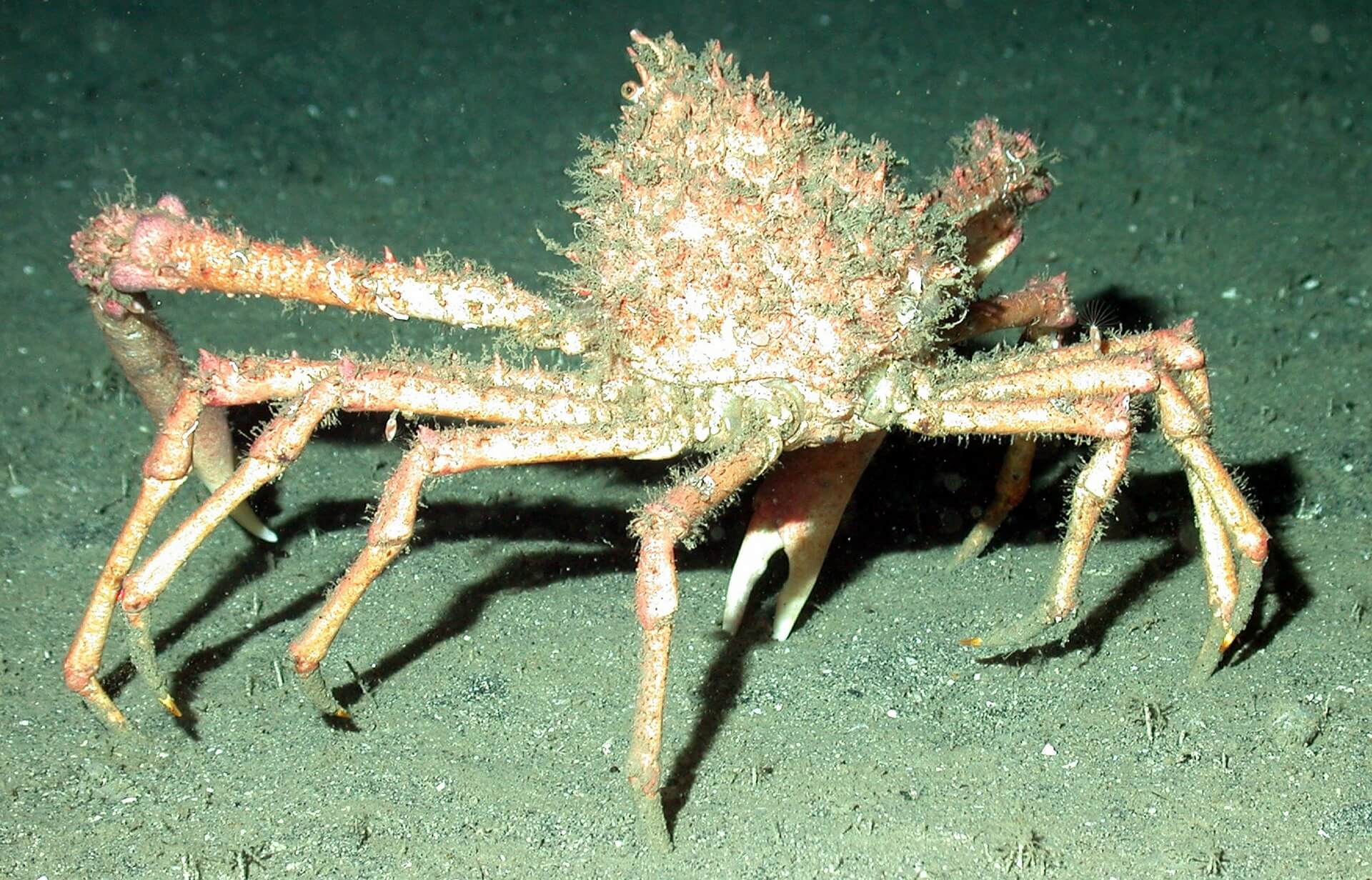
Japanese spider crabs are the second heaviest arthropods in the world, and they occasionally exceed 40 pounds in weight. However, this makes them seem much smaller than they really are. In fact, they have the largest leg span of any crustacean in the world. They often measure 18 feet from the tip of one leg to the other.
They typically live in waters between 500 and 1,000 feet deep. Japanese spider crabs are omnivores, who eat a combination of plant and animal matter.
2. Narwhal
The narwhal is a bizarre whale with an extraordinarily long tooth.
The narwhal is an extraordinary looking whale that lives in the cold waters of the Arctic Ocean. Medium-sized whales, narwhals usually reach between 13 and 18 feet in length. They usually weigh about 1,700 to 3,500 pounds, thanks to their thick layer of blubber, which helps keep them warm in the frigid waters they inhabit.
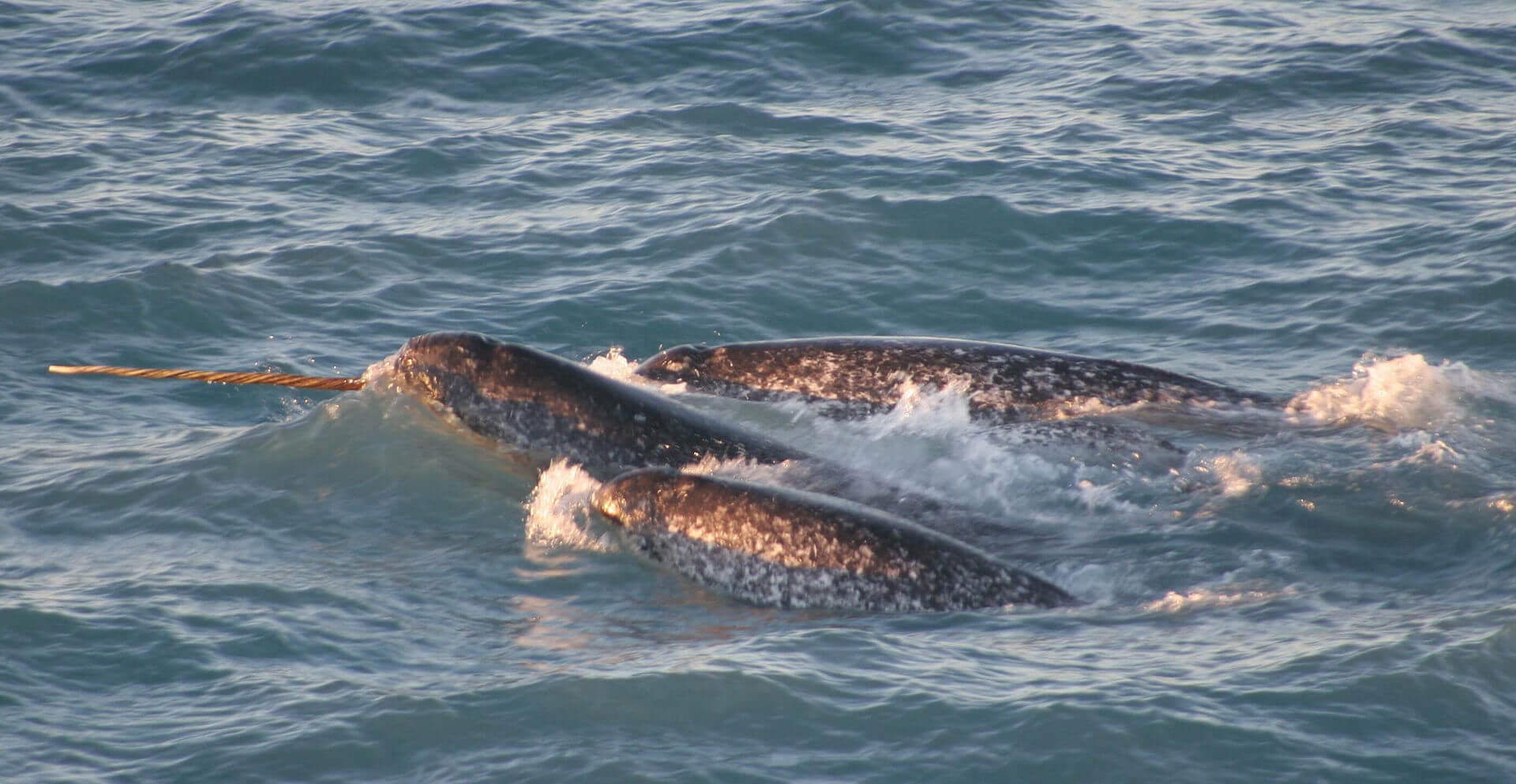
However, the first thing most people will notice upon seeing a narwhal is the long tusk that juts out in front of the males (females usually lack the tusk). This tusk, which grows throughout the male narwhal’s life, can reach up to 10 feet in length. Unlike the horns of some other animals, the narwhal’s tusk is actually an enlarged canine tooth.
The tusk contains thousands of nerve endings, which help the animals to learn about the water around them. They’re also used to slap fish, thereby making them easier to catch and eat. Scientists used to think that males used them to fight with each other, but they now know this isn’t true. In fact, no one understands why female narwhals lack these tusks.
3. Aye-Aye
The aye-aye’s nocturnal habits and unusual diet have caused them to evolve in unusual ways.
The aye-aye is an unusual-looking primate that is native to the island of Madagascar. Their thin, gangly bodies are covered in coarse hair, and they have large, haunting eyes that make them look even stranger. However, one of the most notable features of the aye-aye is its incredibly large ears.
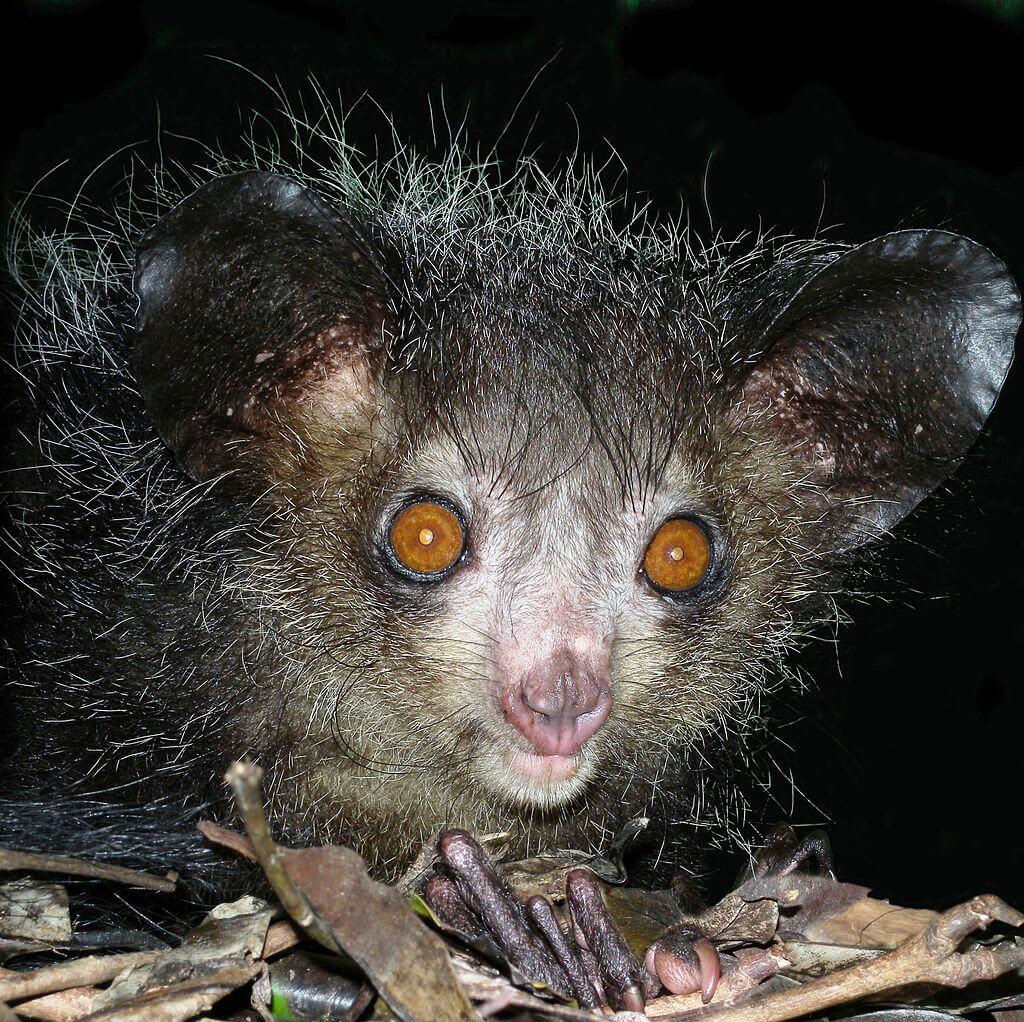
These large eyes and ears have evolved for a very specific reason: The aye-aye is a nocturnal animal, and these large eyes and ears help them find their way in the dark. In fact, the aye-aye is the largest nocturnal primate in the world, as most large primates are diurnal (active during the day).
But the aye-aye’s large ears are also used for another purpose. They allow the animal to hear its insect larvae prey lurking beneath the bark of trees. They even tap on the wood with their thin third fingers to help find the exact location of the bug. Their fourth fingers, which are much longer than the others, are then used to fish the larvae out through whatever holes are available.
4. Duck-Billed Platypus
The duck-billed platypus is so unusual looking that the scientists to see them didn’t think they were real.
Although the platypus is a pretty familiar sight to animal lovers all over the modern world, they weren’t known to science until the end of the 18th century. In fact, when the first specimen was sent to England, the scientists thought that the animal was a hoax. They thought it had been put together from the bodies of several different animals.
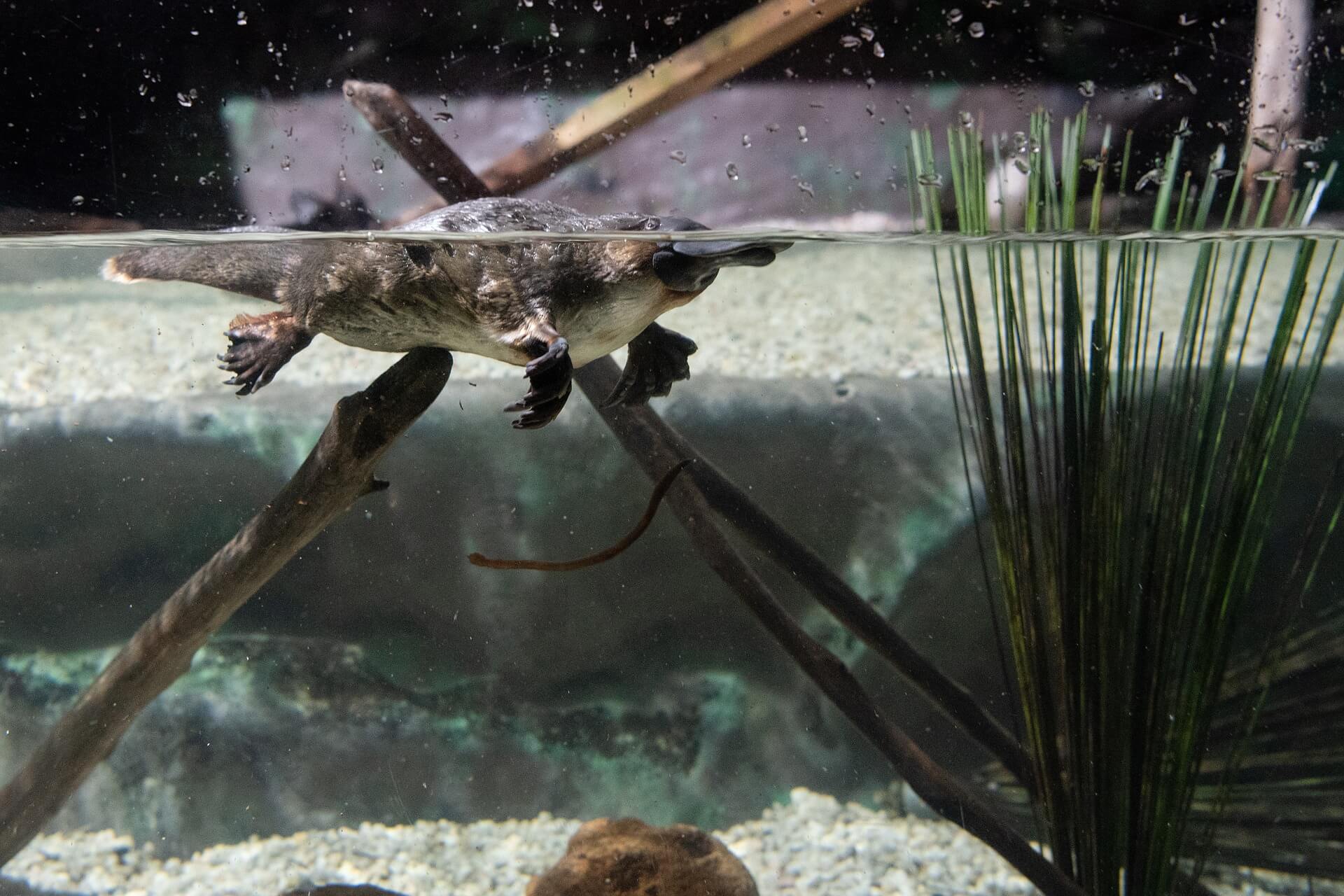
But even if you are familiar with platypuses, they are still strange animals. These semi-aquatic mammals have the bills of ducks, the tails and webbed feet of beavers, and they lay eggs like birds. In fact, platypuses are members of a group of mammals called monotremes – the only mammals alive who lay eggs.
Platypuses primarily eat shrimp, worms and crayfish. Although they are generally peaceful animals, who flee humans on sight, the males are equipped with a venomous spine near each leg. Scientists believe they use these during male combat, but they can also use them in defense.
5. Tongue-Eating Isopod
The tongue-eating isopod resembles the familiar roly-poly, but it leads a very strange life.
Isopods are crustaceans, who are related to crabs, lobsters and crayfish. Most species of isopod live in the ocean, but some are also terrestrial animals. In fact, many children are familiar with them, although they typically call the creatures “roly-polies” for their tendency to curl up in a ball when frightened.
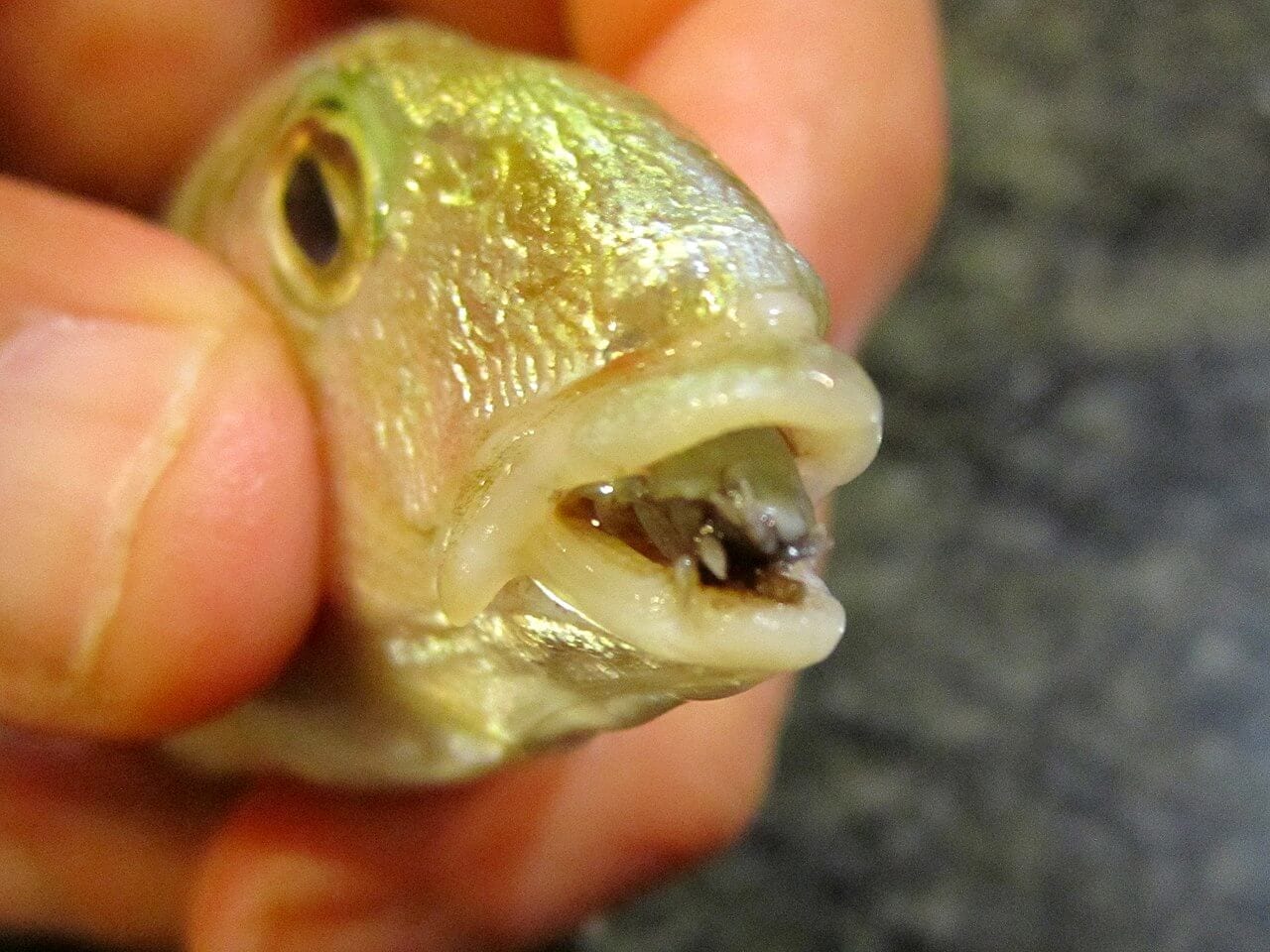
However, while roly-polies are less than an inch in size, some that live in the ocean reach nearly 20 inches in length. Most isopods are scavengers, who survive by eating dead animals and plants. But the tongue-eating isopod lives in a completely different manner.
Early in the isopod’s life, it swims through the ocean. Once it encounters the right type of fish (usually a snapper, grunt or drum), it swims inside through the fish’s gill slits. It then latches onto the fish’s tongue and begins feeding on the blood pumping through the tongue. Eventually, the tongue dies and withers away, while the isopod remains and functions like the fish’s original tongue!
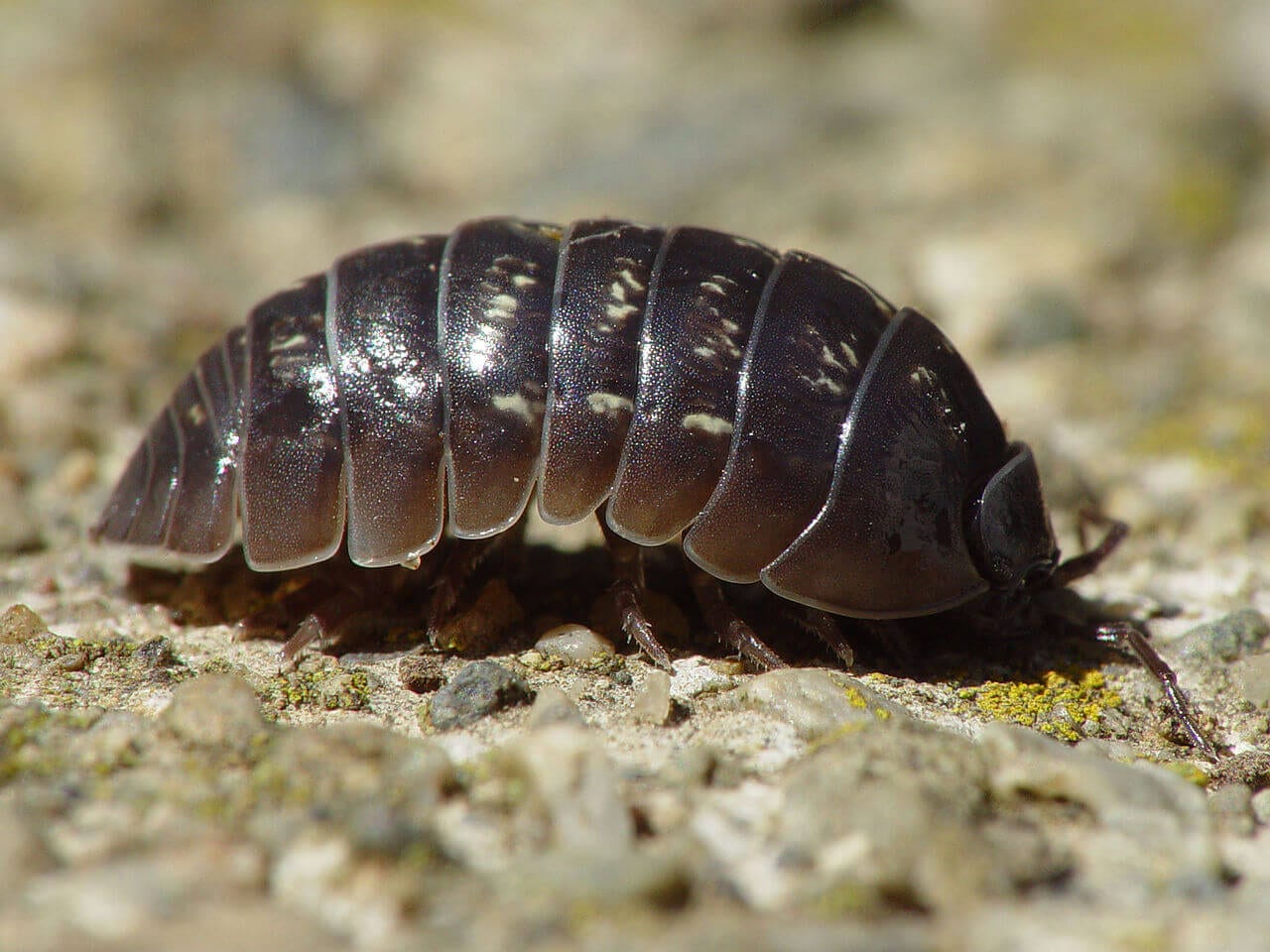
No matter how long you studied animals, you’d likely continue to be surprised by some of the most unusual and bizarre species. The five species mentioned above are certainly strange, but there are plenty of other weird animals in the world. What other unique animals can you think of? Let us know your favorites in the comments below.


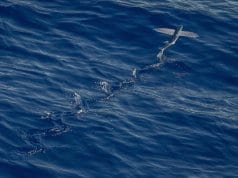



![Red Angus Closeup of a beautiful Red Angus cowPhoto by: U.S. Department of Agriculture [pubic domain]https://creativecommons.org/licenses/by/2.0/](https://animals.net/wp-content/uploads/2020/03/Red-Angus-4-100x75.jpg)

